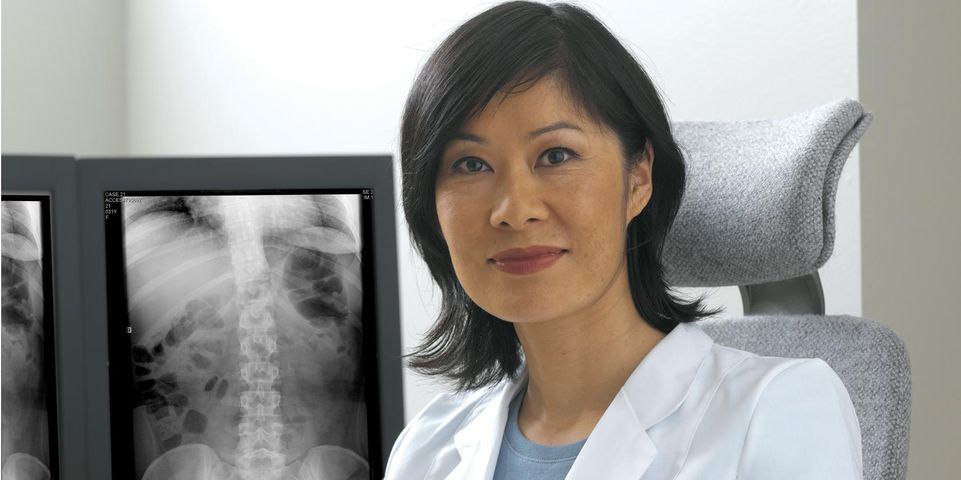
Medical tests can sometimes seem confusing, so the more you are familiar with them, the more comfortable you may feel. One question that tends to come up for many patients relates to the role of contrast in CT scans and MRIs. As experts in the field of diagnostic imaging, Hudson Valley Imaging in Monroe, NY, is able to clarify the subject.
The purpose of contrast is to produce better results in an imaging exam. To create a clearer visual, the contrast—similar to a temporary dye—will help highlight an organ or piece of tissue in the body. When the doctor is analyzing the results, they will be in a better position to understand the condition of your injury or trauma. Contrast is not used in the course of every CT scan or MRI, but they are often ordered when the doctor believes a blood vessel, organ, or area of concern may not show up clearly enough.
Depending on the situation, a contrast can be taken orally, intravenously, or rectally. The contrast is taken before the scan and naturally expelled through the body in the days after. The substances work by blocking light from the imaging technology so they show up more clearly.
 Despite their effectiveness, there are some cases in which contrast isn’t administered for safety reasons. While it is rare, some patients can experience adverse reactions to a contrast. Before your exam, you’ll be asked about your history of allergies, medications, and general health to gauge whether it’s acceptable for you. For most patients, contrast should work without any issue.
Despite their effectiveness, there are some cases in which contrast isn’t administered for safety reasons. While it is rare, some patients can experience adverse reactions to a contrast. Before your exam, you’ll be asked about your history of allergies, medications, and general health to gauge whether it’s acceptable for you. For most patients, contrast should work without any issue.
If you happen to need a CT scan, MRI, or PET scan, you can count on Hudson Valley Imaging for a seamless and gentle experience. To schedule an appointment with our team, call (845) 220-2222. You can also learn more about Hudson Valley Imaging by visiting their website.
About the Business
(21 reviews)
Have a question? Ask the experts!
Send your question

